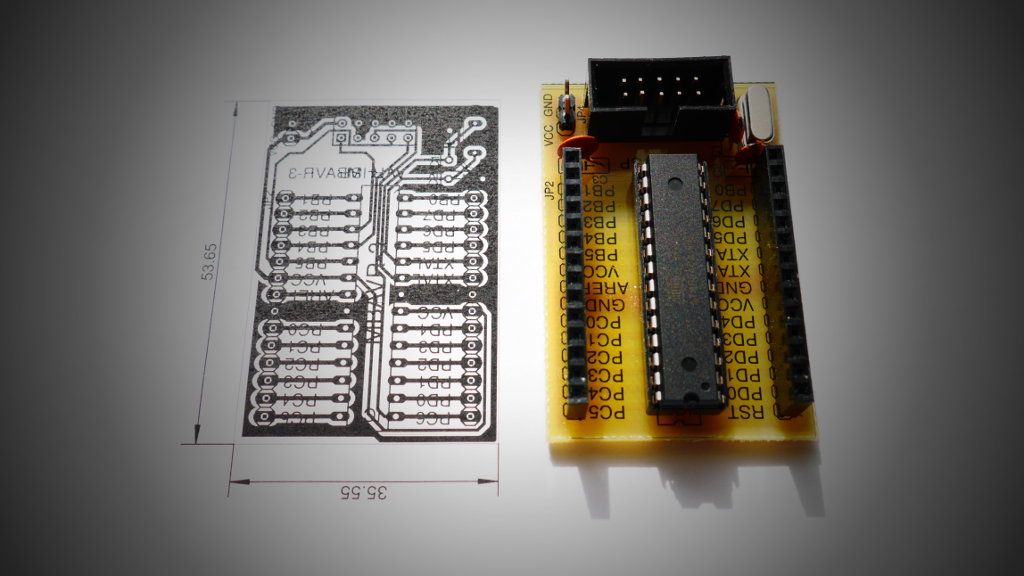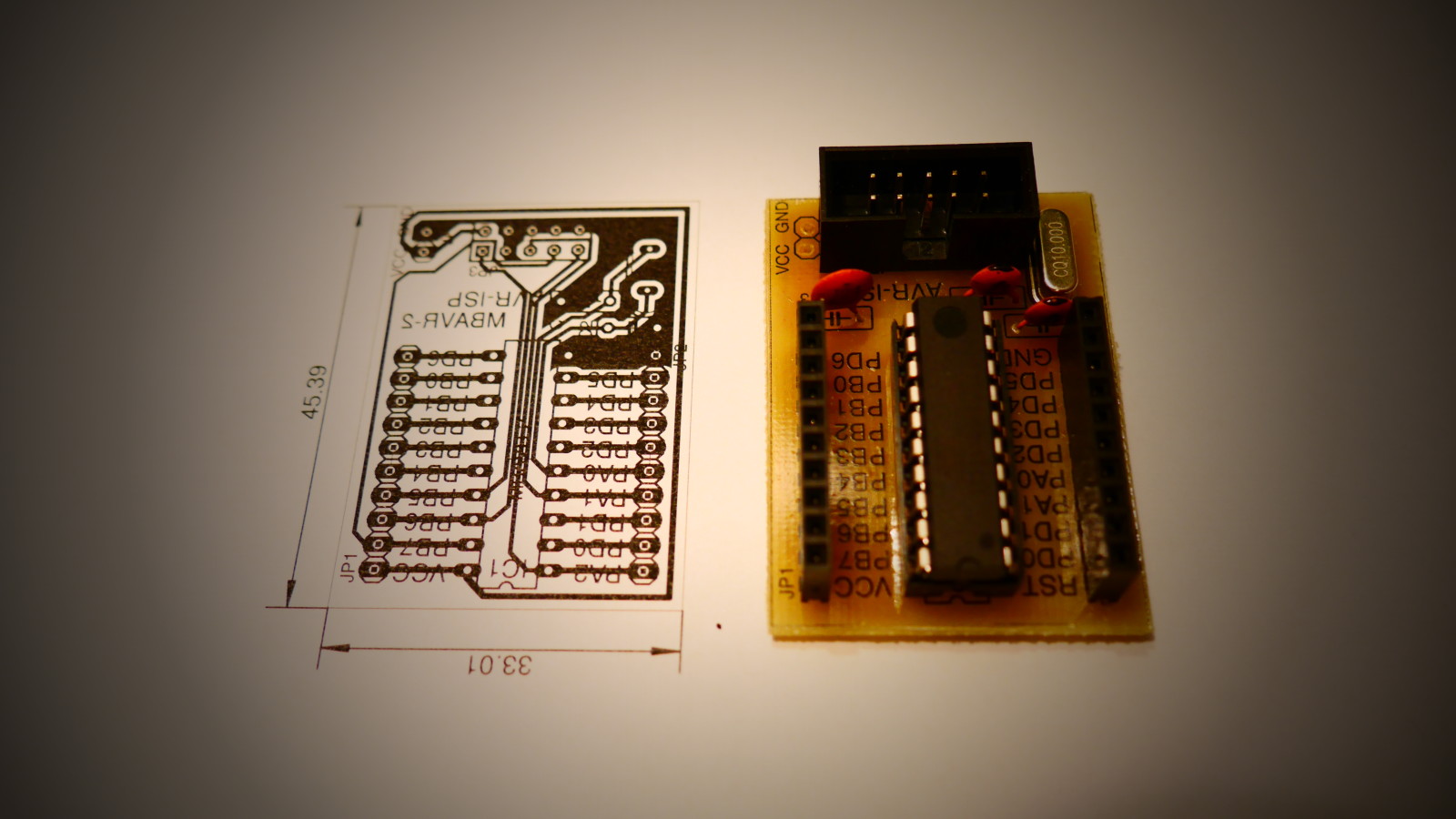ATtiny13 – IR remote to control LEDs (NEC proto)
This project allows control turn ON/OFF LEDs with IR remote control from your TV. The big part of the code shows how to decode a command and address of NEC protocol from IR signals using a cheap IR receiver. It’s worth to note that the algorithm which is responsible for decoding IR signals is nonblocking … Read more





